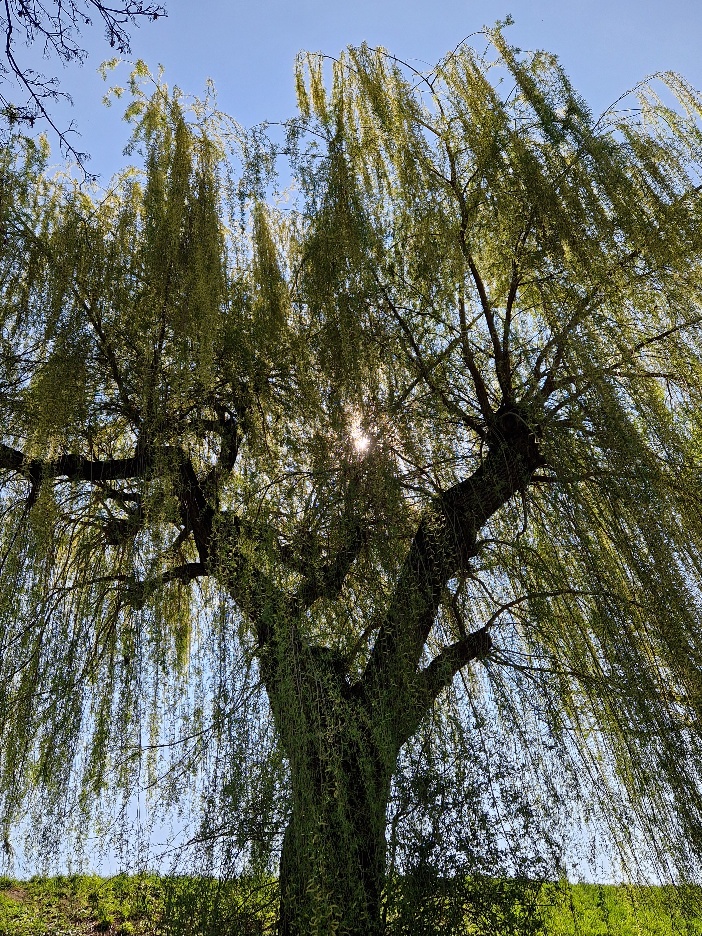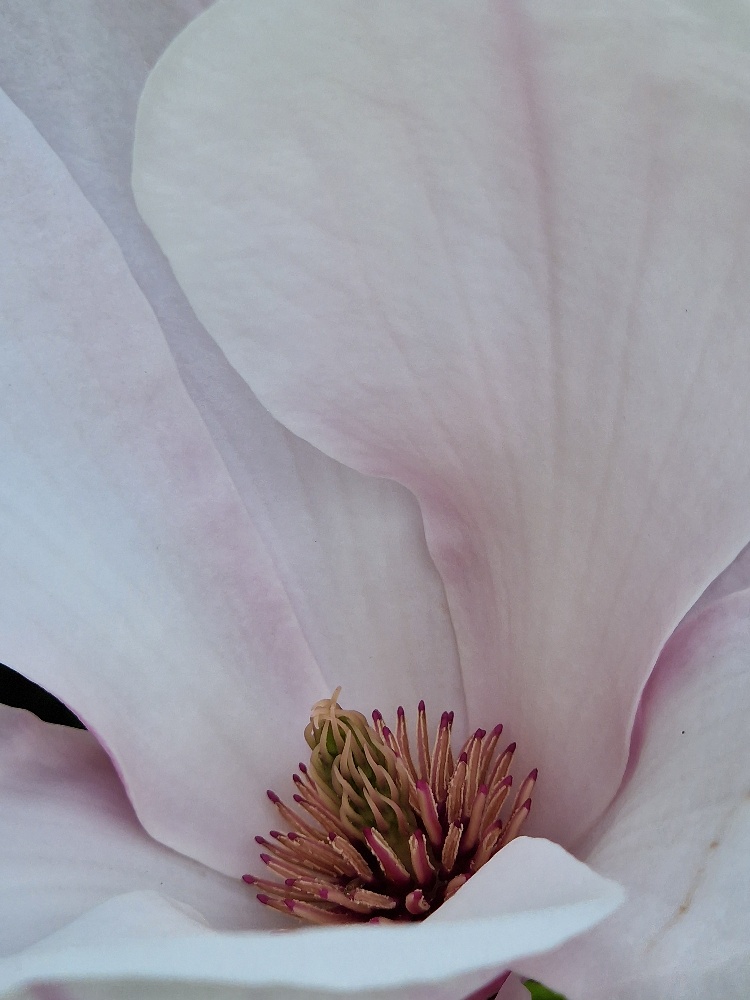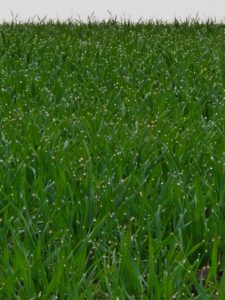The first known use of the term `Holiday´ stems from before the 12th century, meaning `Holy Day, i.e. an important Muslim holiday, or a day marked by a general suspension of work in commemoration of an event´. To my surprise, while preparing this essay I learned that the term `Holidays´ (vacation) in (Irish) English, was first used in the year 1961!
We’re going on holidays! What excitement this generated in us as children in the 60’s and 70’s! In my case, the experience was extreme because I remember living the 50 weeks in our comparatively dreary home town of Limerick, in anticipation of our two week summer holiday in beautiful Ballycroy, in the Wild West of Ireland.
Ballycroy was no ordinary destination. It is situated in one of the most exposed areas of mountains, rivers, blanket bog and ocean that I have yet discovered in forty years of travelling the world as an adult. My maternal grandfather bought a fishing lodge there, directly on the River Owenduff, in 1936 and used it as a summer residence for his large family of eleven children, of whom my mother was the eldest. Over the years, as these siblings grew into adulthood, they, in turn, brought their young families there for summer holidays. Thus a tradition was born which continues to this day. All of the many children, grandchildren and great-grandchildren of Barra and Anna O’ Briain, and hundreds of close friends have enjoyed and still enjoy spending time in this special place. I am eternally grateful to my grandparents for sharing so generously this gem they purchased so many years ago.
What was and is so special about this place? The first thing that comes to mind is walking barefoot for two entire weeks, as the weather allowed. Next is the constant song of the river, rising and falling, in tune with the rainfall, or lack of it, gushing over the weir directly in front of the south-facing lodge. This melodious sound was often complemented by the music of the strong west wind rushing through the mature sycamores, alas now long gone, which grew in a straight row on the bank between the tennis court and the river. Many a tennis ball went missing through these trees, despite fencing, to be imagined in children’s minds turning up near the Statue of Liberty, in the Hudson River in New York.
Then there was the turf. Ricks (stacks) of it could be spotted to the left and right of the narrow road, from the point of entering the area of bog forty miles south of our destination. These ricks, far less common today, were, in themselves, works of art. The outer shell comprised sods stacked such that the rain would run off, as from a tiled roof, providing the innards of thousands of sods, arranged higgledy piggledy, good drying space in the penetrating wind. In an age-old tradition, people have been cutting, footing, stacking, saving and burning turf from the blanket bog in what always used to be a community effort, with meals taken by the working team of young and old on the bog during the long summer days and food, song and dance enjoyed at home in the evenings, despite the inevitable aches and pains. It was this sense of community, far from palpable in the city surroundings in which we grew up, I found electric. It was equally evident when the time came to `save the hay´, all done by hand in good spirits with much laughter and banter.
The turf had another delicacy in store for us. That fragrance of burning turf is beyond description. Most people love it, though I did once have a German girlfriend who constantly referred to the `stink´ of the fire. We were apt to `capture’ this fragrance by baking brown bread in a cast-iron pan on a low tri-pod in the open turf fire, the lid covered in bright red embers. The thought of that bread still makes my mouth water fifty years later!
John Keane was the caretaker and groundsman in the employ of my grandfather. He and his family lived in a fine, simple cottage on the far bank of the river, upstream of the bridge which marked the upper boundary of the large salmon pool in front of the lodge. The most gentle of souls, John had a combination of a speech impediment and a strong Mayo accent, and I hung on every word he said. He always addressed me as `Master Patrick´ and in my early years, I made a point of getting up early to join him on his morning rounds of cleaning out the hearths and setting the fires for the new day. This almost zen-like practice enthralled me. To this day, I credit John Keane, whom I dearly loved, as the Master from whom I learned the art of fire-making.
Then there was the connection to the river and, of course, the fishing. We would watch eagerly, after a night’s heavy rain, as the water rose at the weir, the river often being transformed from a gentle, steady flow to a thunderous torrent. These were among the most exciting moments of my childhood, shared with my equally excited siblings. As the fifth of ten children, these happy moments gave me a sense of belonging and bonding which lasts undiminished through to this day.
Fly fishing is another art most associated with Ballycroy. It can be learned from a good teacher and requires regular practice to be perfected. It is poetic in context, observation and motion. My Dad thought me how to `read a river´, a practice that still gives me much joy today. On the evening before a night of forecasted heavy rain, sitting around the turf fire in the sitting room, he would give me the nod, indicating that I was welcome to join him before daybreak in the dank cavernous kitchen for a quick breakfast, after which we would head up to the base of the Nephin Beg mountains, to a spot called `The Junction´, where two rivers of unequal volume, draining different areas of the mountain range, met. Then we would spend the best part of the day, moving from pool to pool; he casting flies and me being his gaffer, apprentice, and companion. His first act upon reaching the junction was to put down a white stone on the bank of each river to measure whether the water was still rising or not. The fish would not take while the water was still rising so the effort expended prior to the high-water mark would have been wasted. Furthermore, depending on the wind, the topography and other conditions, the rivers would rise and fall out of synch, so it was often smarter to start on one and, returning later to the junction, head up, and down, the other for the second part of the long summer’s day.
Fish – salmon and sea trout – were risen, hooked, played, lost, beached or landed. Those to be kept and eaten were killed with a sudden hard slap of the head on a rock, and then often stowed away in the rushes, to be collect on the way downriver again. For the boy in me, this was great excitement. We sometimes returned to the lodge, me feeling like a hero, weighed down by bags of fish of various shapes, colours and sizes. The largest ones were strung over our shoulders on rope attached to a wooden handle. These were rare days spent with the father of so many children, a father who barely had fifty years behind him when he left this incarnation. This man too, I loved dearly.
When I sat down to prepare this `Weekly Reflections,´ I had intended to write about how holidays bring us into communion with our Creator, and how this is still very much my experience today. However, I got a little sidetracked in my childhood memories. On reading them over, I see that the seeds of spirituality were sown and powerfully nurtured during those two-week holidays in our beloved Ballycroy, so many years ago.











Eine Antwort
es ist faszinierend wie unsere Kindheitserinnerungen unser Erwachsenen Leben noch bestimmen! Die einfachen Freuden wie bestimmtes Licht, bestimmte Gerüche und Geräusche, meist in Verbindung mit Natur, sind heute noch innere Orte der Entspannung und Selbstfindung. Die unschuldigen Abenteuer mit Tieren und Fremden können uns heute noch Impulse geben…